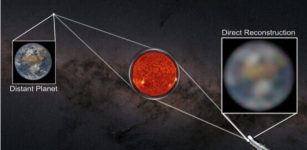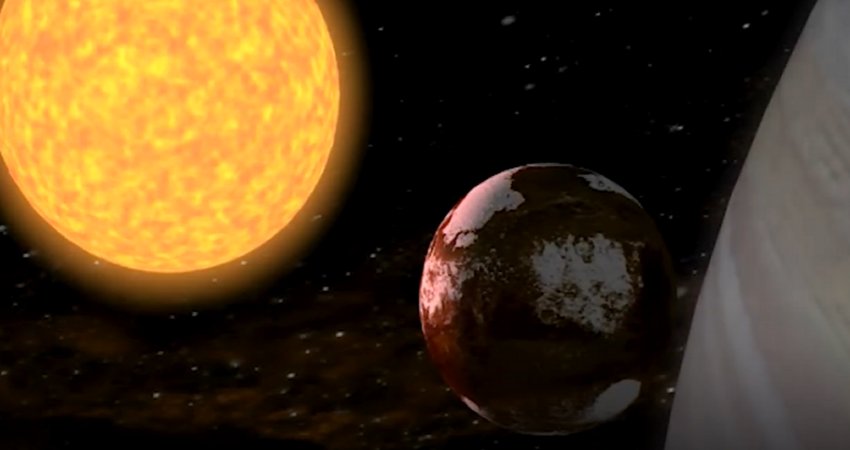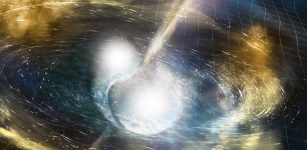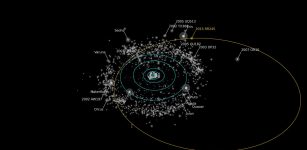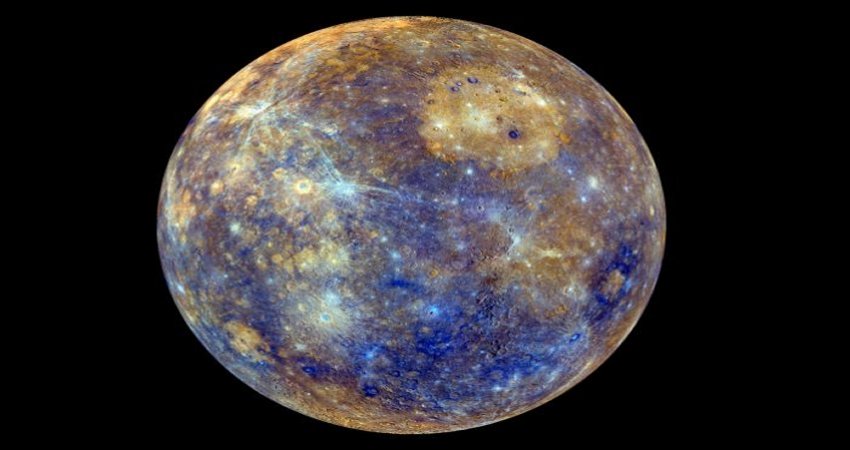Bizarre, Transparent, Ghost-Like Galaxy Discovered
Eddie Gonzales Jr. – MessageToEagle.com – A bizarre, solitary ultra-diffuse galaxy (UDG was discovered by astronomers from the University of California Observatories (UCO), using the Keck Cosmic Web Imager (KCWI).
This transparent, ghost-like galaxy, named DGSAT I, contradicts the current theory on the formation of UDGs. All previously studied UDGs have been in galaxy clusters, which informed the basis for the theory that they were once “normal” galaxies, but with time have been blasted into a fluffy mess due to violent events within the cluster.
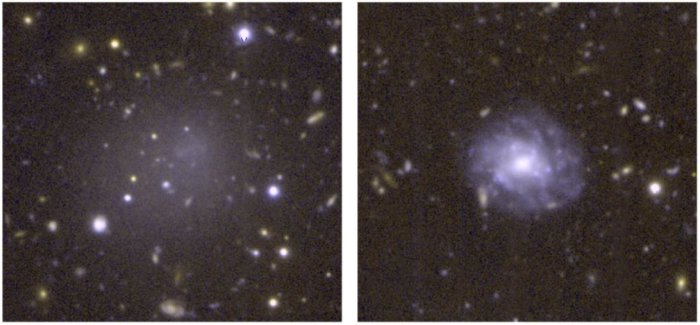
“There seemed to be a relatively tidy picture of the origins of galaxies, from spirals to ellipticals, and from giants to dwarfs,” said lead author Ignacio Martín-Navarro, a postdoctoral scholar at UCO, said in a press release.
“However, the recent discovery of UDGs raised new questions about how complete this picture is. All of the UDGs that have been studied in detail so far were within galaxy clusters: dense regions of violent interaction where the galaxies’ characteristics at birth have been scrambled up by a difficult adolescence.”
In order to find out what caused this galaxy to be so sparse in starlight, the team used KCWI to map the composition of the galaxy.
“The chemical composition of a galaxy provides a record of the ambient conditions when it was formed, like the way that trace elements in the human body can reveal a lifetime of eating habits and exposure to pollutants,” said co-author Aaron Romanowsky, a UCO astronomer and Associate Professor of the Physics and Astronomy Department at San José State University.
Study revealed that DGSAT I appears to be anemic; the galaxy’s iron content is remarkably low, as if it formed from a nearly pristine gas cloud that was unpolluted by the supernova death of previous stars. And yet DGSAT I’s magnesium levels are normal, consistent with what astronomers expect to find in modern galaxies. This is strange because both of these elements are released in supernova events; you typically don’t find one without the other.
“We don’t understand this combination of pollutants, but one of our ideas is that extreme blasts of supernovae caused the galaxy to pulsate in size during its adolescence, in a way that retains magnesium preferentially to iron,” said Romanowsky.
UDGs are a relatively new class of galaxies that were first discovered in 2015. They are as large as the Milky Way but have between 100 to 1000 times fewer stars than our own galaxy, making them barely visible and difficult to study.
The researchers plan to use KCWI again, this time to conduct a deeper observation of another UDG similar to DGSAT I.
Written by Eddie Gonzales Jr. – MessageToEagle.com Staff Writer


